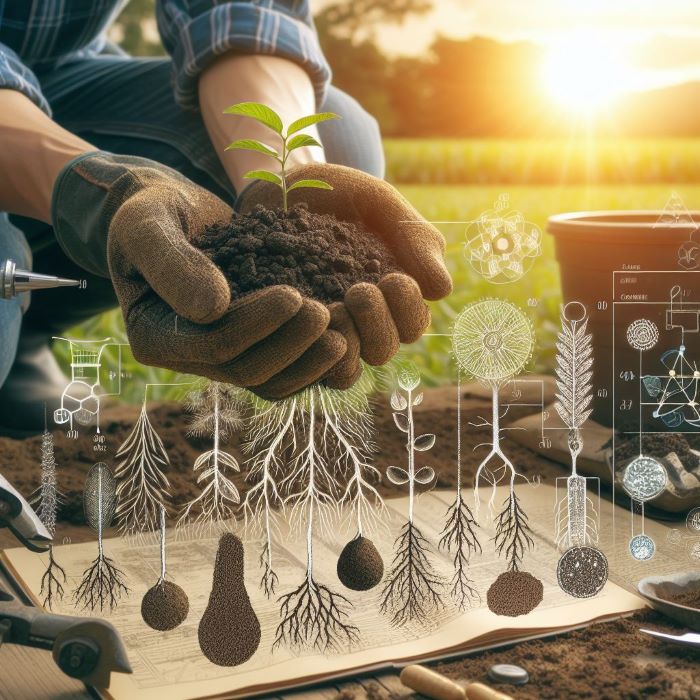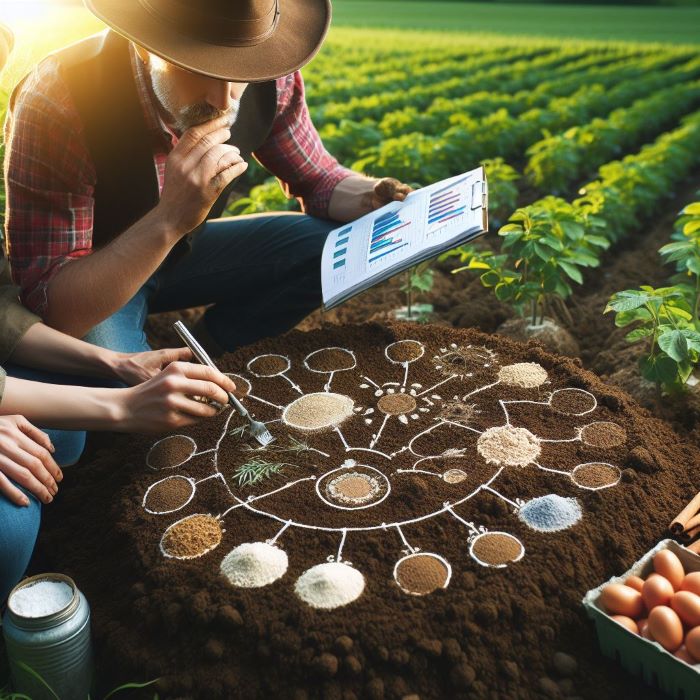How to Choose the Right Soil for Your Garden
Decoding Dirt: Learn to select the perfect soil for your garden with insights on types, texture, pH, plant needs, and sustainable practices.
Introduction:
In the world of gardening, soil is the foundation upon which thriving plants grow. Yet, not all soils are created equal, and understanding the intricacies of soil composition is essential for garden success. In this guide, we'll delve into the art of "decoding dirt," helping you navigate the complexities of soil selection to ensure your garden flourishes.
-
Understanding Soil Types:

-
Soil comes in various types, each with its own unique characteristics and suitability for different plants. From sandy soils that drain quickly to clay soils that retain moisture, knowing the type of soil in your garden is the first step in selecting the right one for your plants.
-
Assessing Soil Texture:

-
Texture plays a crucial role in soil quality, influencing drainage, aeration, and root penetration. Learn how to assess your soil's texture by conducting a simple "squeeze test" and understanding the proportions of sand, silt, and clay present. Armed with this knowledge, you can tailor your soil amendments to improve its texture.
-
Evaluating Soil pH:

-
Soil pH measures the acidity or alkalinity of the soil and greatly impacts plant nutrient availability. Discover how to test your soil's pH using inexpensive kits or professional services and learn the optimal pH range for different types of plants. Adjusting soil pH through amendments like lime or sulfur can create a more hospitable environment for your garden.
-
Matching Soil to Plant Needs:

-
Different plants have varying soil preferences, and selecting the right soil for your garden begins with understanding your plants' requirements. Whether it is indoor pant or outdoor plant you're cultivating acid-loving azaleas or alkaline-tolerant vegetables, choose soil amendments that align with your plants' needs to optimize their health and growth.
-
Considering Soil Amendments:

-
Soil amendments are key to improving soil structure, fertility, and overall health. Explore a range of organic and synthetic amendments, from compost and manure to perlite and vermiculite, and learn how to incorporate them into your garden beds. By amending your soil appropriately, you can create an ideal growing environment for your plants.
- Also Read: organic pest control methods for your garden
-
Sustainable Soil Practices:

-
Incorporating sustainable soil practices not only benefits your garden but also the environment. Discover eco-friendly methods such as cover cropping, crop rotation, and mulching that promote soil health, reduce erosion, and conserve water. By nurturing the soil, you can cultivate a thriving garden while minimizing your ecological footprint.
Conclusion: Decoding the mysteries of soil may seem daunting, but armed with knowledge and understanding, you can confidently choose the right soil for your garden. By considering soil types, texture, pH, plant needs, amendments, and sustainable practices, you'll lay the groundwork for a healthy, productive garden that flourishes for seasons to come.
